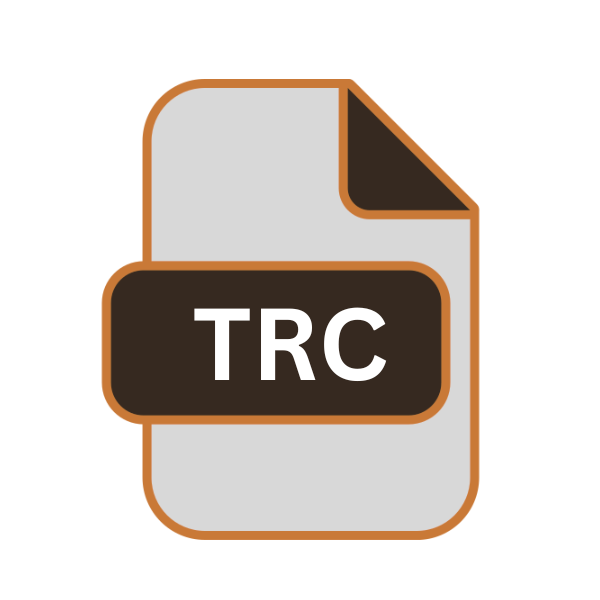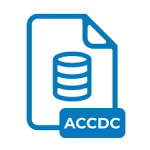.TRC File Extension

SQL Server Trace File
| Developer | Microsoft |
| Popularity | |
| Category | Database Files |
| Format | .TRC |
| Cross Platform | Update Soon |
What is an TRC file?
The .TRC file extension is primarily associated with SQL Server Trace Files, used by Microsoft SQL Server for logging and analyzing database activity.
These trace files are crucial for database administrators (DBAs) and developers for troubleshooting, performance monitoring, and auditing database operations.
More Information.
The concept of tracing database activities has been integral to SQL Server since its early versions. The primary purpose of the .TRC file was to create a comprehensive audit trail of all significant events and transactions within the database.
Initially, these trace files were used to debug and optimize the SQL Server itself, but over time, they became an essential tool for end-users to monitor and optimize their database applications.
Origin Of This File.
The .TRC file format was introduced by Microsoft as part of the SQL Server suite of tools. It was designed to provide a detailed log of SQL Server events, including query execution, login attempts, and other database activities.
These files help DBAs in diagnosing issues, optimizing queries, and ensuring the security and integrity of the database system.
File Structure Technical Specification.
The .TRC file is a binary file containing sequences of trace events, each detailing SQL Server activities such as query execution, login attempts, and more.
Key components of an event include Event Class, Event Subclass, TextData, ApplicationName, NTUserName, LoginName, CPU usage, Reads/Writes, Duration, and timestamps (StartTime/EndTime).
Technically, the .TRC file has the extension .TRC, a MIME type of application/octet-stream, and is compatible with SQL Server 7.0 and later. It is primarily read using SQL Server Profiler or the fn_trace_gettable function in T-SQL.
How to Convert the File?
1. Using T-SQL Scripts:
- Load the Trace Data into a Table: Use a T-SQL script in SSMS to load the .TRC file into a table. This typically involves using the
fn_trace_gettablefunction to read the trace file and save it to a new table. - Export Data Using the Import and Export Wizard: After the data is loaded into the table, right-click on the table in SSMS, select “Tasks” > “Export Data,” and follow the steps to export the table data to a CSV or Excel file.
2. Using PowerShell:
- Load the Trace Data into a Table: Use a T-SQL script in SSMS to load the .TRC file into a table.
- Export Data Using PowerShell: Write and run a PowerShell script to connect to the SQL Server, retrieve the data from the table, and export it to a CSV file. This involves setting up a connection to the database, executing a query to select the data, and writing the data to a CSV file.
Advantages And Disadvantages.
Advantage:
- Detailed Logging: Provides extensive details about database operations, useful for in-depth analysis.
- Performance Monitoring: Helps in identifying performance bottlenecks and optimizing queries.
- Security Auditing: Tracks login attempts and other security-related events.
- Error Diagnosis: Assists in troubleshooting and diagnosing database errors.
Disadvantage:
- Resource Intensive: Tracing can consume significant CPU and I/O resources, potentially impacting server performance.
- Complexity: Interpreting trace files can be complex and may require expertise.
- Storage Requirements: Large trace files can consume substantial disk space.
How to Open TRC?
Open In Windows
SQL Server Management Studio (SSMS): Open SSMS, navigate to “Tools” > “SQL Server Profiler,” then load the .TRC file via “File” > “Open” > “Trace File.”
Open In Linux
Azure Data Studio: Use Azure Data Studio, a cross-platform tool, to connect to SQL Server. Load the .TRC file and analyze it using T-SQL scripts.
Open In MAC
Azure Data Studio: Similar to Linux, use Azure Data Studio to access SQL Server and load the .TRC file for analysis.
Open In Android
Remote Desktop Apps: Utilize a remote desktop application on your Android device to connect to a Windows machine with SQL Server Management Studio installed. Open the .TRC file in SSMS for analysis.
Open In IOS
Remote Desktop Apps: Similarly, use a remote desktop application on your iOS device to connect to a Windows machine with SQL Server Management Studio installed. Access the .TRC file in SSMS for analysis.
Open in Others
Web-based SQL Management Tools: Utilize web-based tools that offer SQL Server management capabilities, allowing you to upload and analyze .TRC files directly from any platform with internet access.













